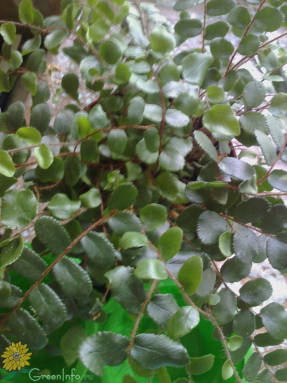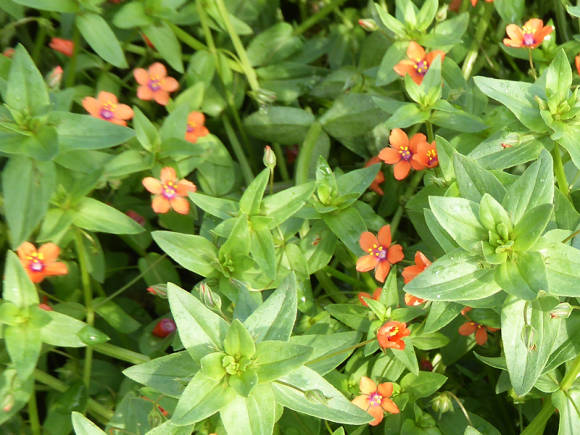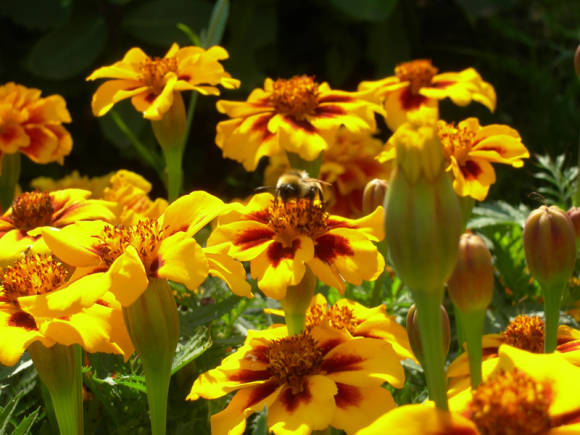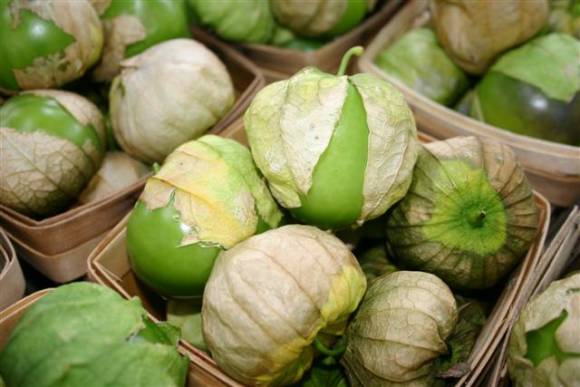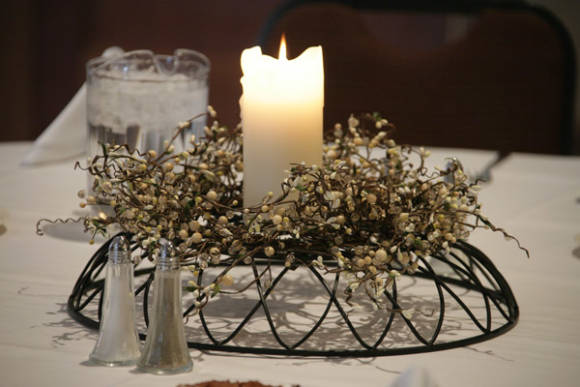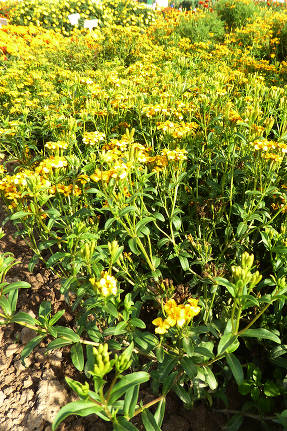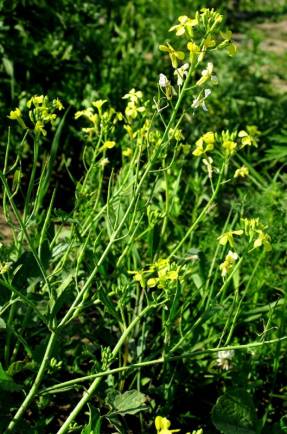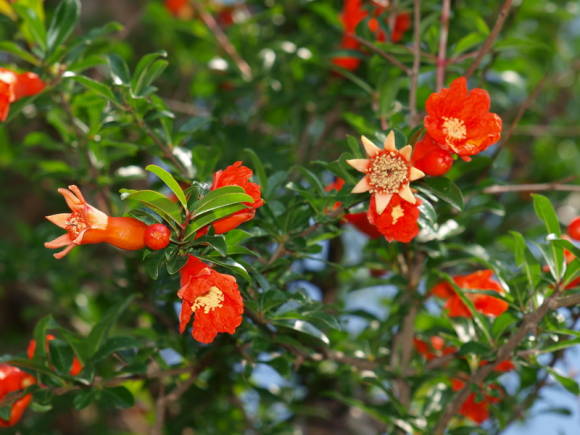
Phalaenopsis is the most common orchid in indoor floriculture. It so happened that in 95% of cases, to the question "Tell me! I was presented with an orchid, but I do not know what it is called", it turns out that the phalaenopsis was the gift. What determines such a love for this particular orchid, and not for dendrobium or, say, for Ascocenda?
"A matter of taste!" - someone will say, and they will be right. Another will add, "It's easy to grow!" - and also will not be mistaken. "She's beautiful!" - and this is undoubtedly. It turns out that the visual appeal and simplicity of the content determine the popularity of the plant? Exactly!
Although with regard to phalaenopsis it was not always so. The fact is that until 1995, Russia was supplied mostly with species orchids, that is, natural species taken directly from natural conditions and propagated in open ground or in greenhouses. But the conditions of the premises - apartments, offices, etc., did not suit these orchids, there they either did not reveal the potential of their decorativeness, that is, they did not bloom or bloomed weakly, or they died very quickly. But after 1995, only hybrid orchids began to go on sale. Why? Because their removal from natural habitats, often barbaric, leads to the threat of extinction of species. Hybridization came to the rescue - the resulting hybrids are propagated under industrial conditions, hybrid orchids bloom no worse than natural species. Moreover, the breeders took care of the duration of flowering, and so that the orchids could live better in unnatural conditions for themselves.
But you should never forget that when you buy a plant, you are acquiring a living organism that requires unremitting care! Unfortunately, according to the number of questions asked on the GreenInfo.ru forum and the operators of our telephone service, the conclusion is disappointing - people either do not understand this, or hope for the eternal Russian "maybe" - maybe it will grow somehow. This is very annoying. With this approach, a person torments the plant and suffers himself, not getting what he hoped for. What is the bottom line? - disappointment. To reduce disappointment, let's change our attitude towards plants and feel that we are responsible for those we have tamed.
Consider the main points of caring for phalaenopsis, adhering to which, you can enjoy the lush green leaves and the stunning beauty of butterfly flowers for a long time.

Lighting, temperature control, spraying
It is best to keep the orchid on the east or west window, you can also in the back of the room under a white-light fluorescent lamp or under a phytolamp special for plants. Supplementary lighting is especially important in the autumn-winter period; the length of daylight hours should be at least 14 hours.
The optimum temperature in summer is + 20-25 ° C, in winter + 16-18 ° C. To stimulate flowering, it is important that the orchid experiences a temperature difference of 3-5 degrees between day and night. In winter, at temperatures above + 25 ° C, flowering is practically not observed.
Consideration should be given to the great adaptability of the phalaenopsis to the conditions of detention. Of course, when creating conditions that coincide as much as possible with natural requirements, the orchid will live longer and bloom more often.
Leaves with settled water at room temperature should be sprayed regularly, at least 3-5 times a day, especially in winter when the heating system is on, when the air humidity is very low.
During the flowering period, you need to spray very carefully, trying not to get on the flowers - brown spots appear on the petals from the water, which reduces decorativeness and leads to a rapid fall of flowers.
Transfer

The orchid needs to change the substrate as the bark is destroyed and the substrate is compacted. This is usually done once every 3-4 years. Use special substrates "For orchids". It is better to transplant in the spring, when the growth processes are activated and the orchid tolerates post-transplant stress more easily.The plant experiences a transplant worse in the autumn-winter period, it recovers more slowly. Do not transplant during flowering, otherwise it will end faster.
For phalaenopsis, transparent plastic pots are more suitable containers - the roots of this orchid photosynthesize in the same way as the leaves, that is, the roots need light. When transplanting, dry, empty, dead roots and old substrate are removed. Very carefully separate the roots that have adhered to the walls of the pot (for this, an hour before transplanting, watering must be carried out, thoroughly moistening the substrate and roots, then they are separated from the walls of the pot more easily). Pieces of bark, to which the roots have adhered, do not need to be removed.
After transplanting for two months, it is useful to add Zircon to the irrigation water once every 2 weeks at the rate of 2-3 drops per glass of water - this will help the orchid to take root faster. Any transplant usually delays flowering by 1.5-2 months. There are times when the orchid blooms immediately after transplanting - the stress from damage to the roots affects the plants in different ways.
Details about the transplant - in the article Your favorite home Phalaenopsis
Watering

Orchids are watered in two ways - from a watering can through the top of the pot or by immersion in a container of water.
During the flowering period, it is better to water from a watering can, so as not to change the location of the plant, because of which it can shed flowers. Watering must be carried out in such a way that the substrate and roots dry out once a week. Keeping the roots in a constantly damp or wet substrate increases the risk of root rot and the substrate breaks down faster.
When phalaenopsis does not bloom, it is best to water it by immersion - the pot is immersed in a bucket of water for 1-2 minutes (until the air bubbles stop running). After such submerged watering, you need to let the excess water drain, and only then return the orchid to its place.
The temperature of the irrigation water should be equal to the air temperature, and it is even better if the water is 3-4 degrees warmer than the air. The limiting indicator of the water temperature is + 28 ° C (warmer water burns, scalds the roots). The water must be surely settled during the day, soft.
If, nevertheless, the water is hard (it contains a lot of lime salts, which can be seen from white streaks on the leaves after spraying and a whitish-yellow bloom on the surface of the substrate after watering), then the amount of lime in it should be reduced.
To do this, you can:
- Boil water for 20 minutes, and take it from a hot tap (there is less lime in it than in a cold one, because it has already boiled at least 1 time);
- Freeze in a plastic bottle, then cut off the bottom and drain the non-frozen water with salts;
- Add oxalic acid to 1 liter of water (on the tip of a knife). After that, the water should settle for 2-4 days, until a white precipitate of salts appears at the bottom.
Top dressing

Fertilizers are used specialized, "For orchids".
Top dressing during the flowering period in summer is carried out 2-3 times a month, during the flowering period in autumn and winter, they are fed 2-3 or 1-2 times a month, but the fertilizer concentration is halved from that indicated in the instructions.
In the absence of flowering, you can not feed or do top dressing once a month, not more often.
To remove excess salts, rinse the soil under a stream of warm water for 15-20 minutes once a month.
Reproduction
In indoor conditions, it is easiest to propagate phalaenopsis vegetatively - by side shoots-children. They can form both at the base of the leaf rosette and on the peduncle. In both cases, you need to wait for the child to form its own roots (at least one root), and only then plant it in its own pot.
Content Issues

Most problems are caused by non-compliance or violation of containment conditions. If you treat the plant more carefully, there will be fewer problems.
What usually scares a grower? If the orchid does not bloom, if the leaves turn yellow or somehow change, etc.I'll try to answer these "ifs":
- An orchid does not bloom if there is not enough light for it, if it is constantly kept at temperatures above + 25 ° C, if it is exposed to a sharp change in air and soil temperature (drafts), when watered with cold water, from a lack or excess of nutrition, after a recent transplant;
- The leaves turn yellow as for a natural reason - they age (the lower leaves are physiologically the oldest and should die off first - this is normal), and if the upper leaves turn yellow, the upper leaves become lethargic - overmoistening or overdrying of the substrate, sudden hypothermia, freezing of the plant was allowed;
- If, at the end of flowering, the peduncle immediately turns yellow, you need to wait until it dries itself and only then remove it. The formation of a new peduncle, depending on the strength of the plant itself and from caring for it, can take from six months to two years. If the peduncle remains alive, green within 2-3 weeks after flowering, do not remove it - after 2-4 months, flowering on it may resume or a baby will form on it;
- In case of damage by pests - spider mites, mealybugs and others, use the preparations Agravertin, Fitoverm, Aktara, Neoron (as instructed). Against diseases (as a rule, these are various rot), it is enough to follow the rules of watering, but treatment may also be required. Then use a biological preparation, for example, Fitosporin-M (in liquid form) - even if you use only it, this is enough to heal plants and for further prevention of diseases.
Read more in the article Frequently asked questions (FAQ) for phalaenopsis care.

Plants in our apartments depend on us almost completely - we decide when to water, feed, transplant ... However, we should not make these decisions spontaneously, but depending on the needs of the plant at a given period of growth and in specific conditions - it is cold in the apartment or hot, light or dark, etc. Moreover, we must evaluate these conditions not only by our own criteria, but also take into account the needs of plants. Indeed, for a person, a temperature change of 1 degree is practically imperceptible, but for a plant it is a strong stress.
As a common saying goes, a plant, like a person, gets used to everything. Let's make it so that the coexistence of a plant and a person is not burdensome, but as comfortable and useful as possible.
